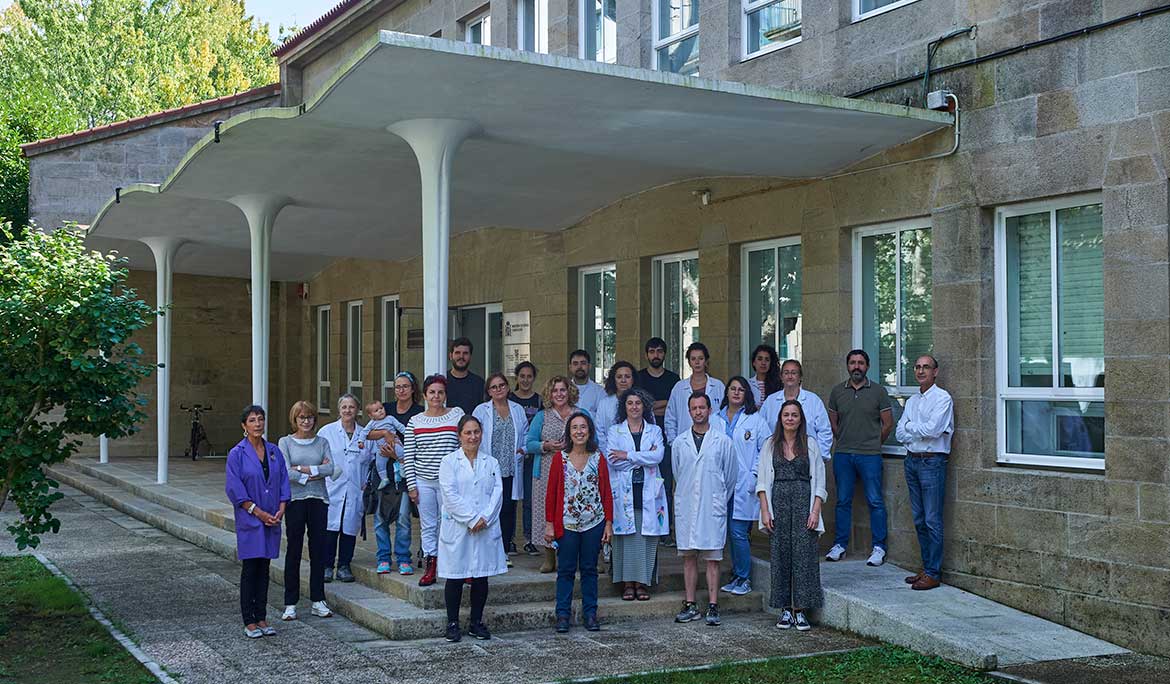Tipo de publicación:
Revistas indexadas en la Web of Science o en SCOPUS
Enlace a publicación:
https://doi.org/10.1016/j.apsoil.2025.106218
Abstract
Archived soil series provide valuable opportunities to assess microbial temporal dynamics, which are essential for identifying appropriate soil management practices. However, the soil microbiome is usually studied using cryopreserved fresh soils, while almost all archived soils are dry and stored at room temperature. The aims of the present study were to i) evaluate potential differences in the soil bacterial community composition and enzymatic activity between dry-stored and frozen samples, and ii) assess whether the storage method influences the capacity to detect microbial differences related to environmental factors. Soil samples were obtained from two long-term experiments with different tillage intensities, collected in 2011/2012 and 2022, and stored under both frozen and dry conditions. Bacterial community composition was assessed using high-throughput sequencing, while enzymatic activity was analyzed through biochemical assays. The results showed that bacterial community composition and enzymatic activity were significantly influenced by the storage method. Additionally, the effect of storage duration was observed by comparing the concordance between data from frozen and dry samples collected in 2011/2012 (long-term storage) and in 2022 (short-term storage). Nonetheless, the analysis of the impact of environmental factors (e.g., tillage) on the bacterial and enzymatic profiles of the samples revealed a consistency between dry and frozen samples. This suggests that storage conditions did not compromise the ability to detect biological differences associated with management practices. Further studies on a broader set of soil samples are needed to confirm these findings and to support the use of dry soil samples for microbiological analyses.
